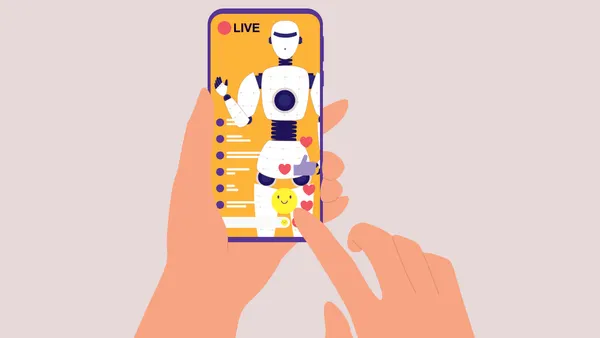Applying Instructional Design: Creating Training So Adults Get It, Retain It, and Use It Debra L. Newton President Constance Billé, M.Ed. Instructional Strategist Lifelong learning has become both an absolute necessity and a fact of life. From manufacturing to service providers, workplace technologies and information are continually transforming work and the way people approach that work. In fact, lifelong learning is most apparent in the life-sciences and biotechnology industries. Employees across all levels in all sectors have to do a lot of learning; and they have to do it quickly and efficiently if they and their organizations are to thrive. As Malcolm Knowles described in “The Modern Practice of Adult Education: From Pedagogy to Andragogy,” “The rapidly accelerating pace of change in our society has proved [that] facts learned in youth have become insufficient and in many instances actually untrue; and skills learned in youth have become outmoded by new technologies.” The problem is that most adults aren’t very interested or motivated to learn anything that isn’t immediately useful; they want to learn only what they need to know, and then they want to learn it right away. Learning in the Workplace The National Household Education Survey reports that 13% of adults annually engage in at least one type of work-related learning. Unfortunately, few of us who are already part of the workforce have the luxury of being able to take a year off from our jobs to return to campus just to keep up with advances in technology, science, and medicine along with global health issues, new pharmaceuticals, biologicals, or devices. And while these advances have made obsolete what was originally learned in college or during earlier on-the-job training, people today generally need to remain in the workforce longer than in the past. These are just two reasons why it is incumbent upon the employer to keep employees up to date with the latest advances and increasingly take on the task of teaching science and many other subjects once solely taught in schools. Unlike most of today’s school systems, employers have to be more targeted and more efficient. They have to provide training on cutting-edge science and technology and motivate employees to continue learning and innovating. To do this, employers have been turning to the art and science of instructional design. The Science of Instruction: The Art of Design The science of the design process is three-fold: appropriate technologies are selected; precisely relevant content is crafted; and apt learning activities are designed to optimize the transfer of knowledge. But there also is an art to the process: well-designed instruction that accommodates the needs of different learners. Research tells us that people have different primary learning modes — some are readers, some are listeners, and some draw pictures. Learning modules should be designed to deliver information through a combination of these learning styles to reach all learners, reinforce messages in multiple ways, and make it more efficient for the individual to learn. The good news is that today’s technologies present opportunities for companies to employ creative and energizing ways to engage learners and draw them into an active process. Graphics are used to appeal to visual learners; audio is used to help auditory learners; and motion is used to help learners who are primarily kinesthetic. With careful analysis, instructional designers target the employees’ knowledge gap, present the right information at the right time, provide enough reinforcement to help the learners integrate information, and then track results. The employer is the only person more impatient about learning than the learner. Instructional design can make the training process as efficient and effective as possible for different learners, whether a pharmaceutical company needs to train hundreds or thousands of employees on new HIPAA regulations, or field representatives need to be updated on a clinical practice, or a field force needs information to introduce a therapeutic breakthrough in cancer therapy. With careful analysis, instructional designers target the employees’ knowledge gap, present the right information at the right time, provide enough reinforcement to help the learners integrate information, and then track results. NewtonEdge, Pennington, N.J., creates strategic integrated learning by using the right mix of media, content, and technology. For more information, visit newtonedge.com.
An article from


Applying Instructional Design: Creating Training So Adults Get It, Retain It, and Use It
Filed Under:
Commercialization










